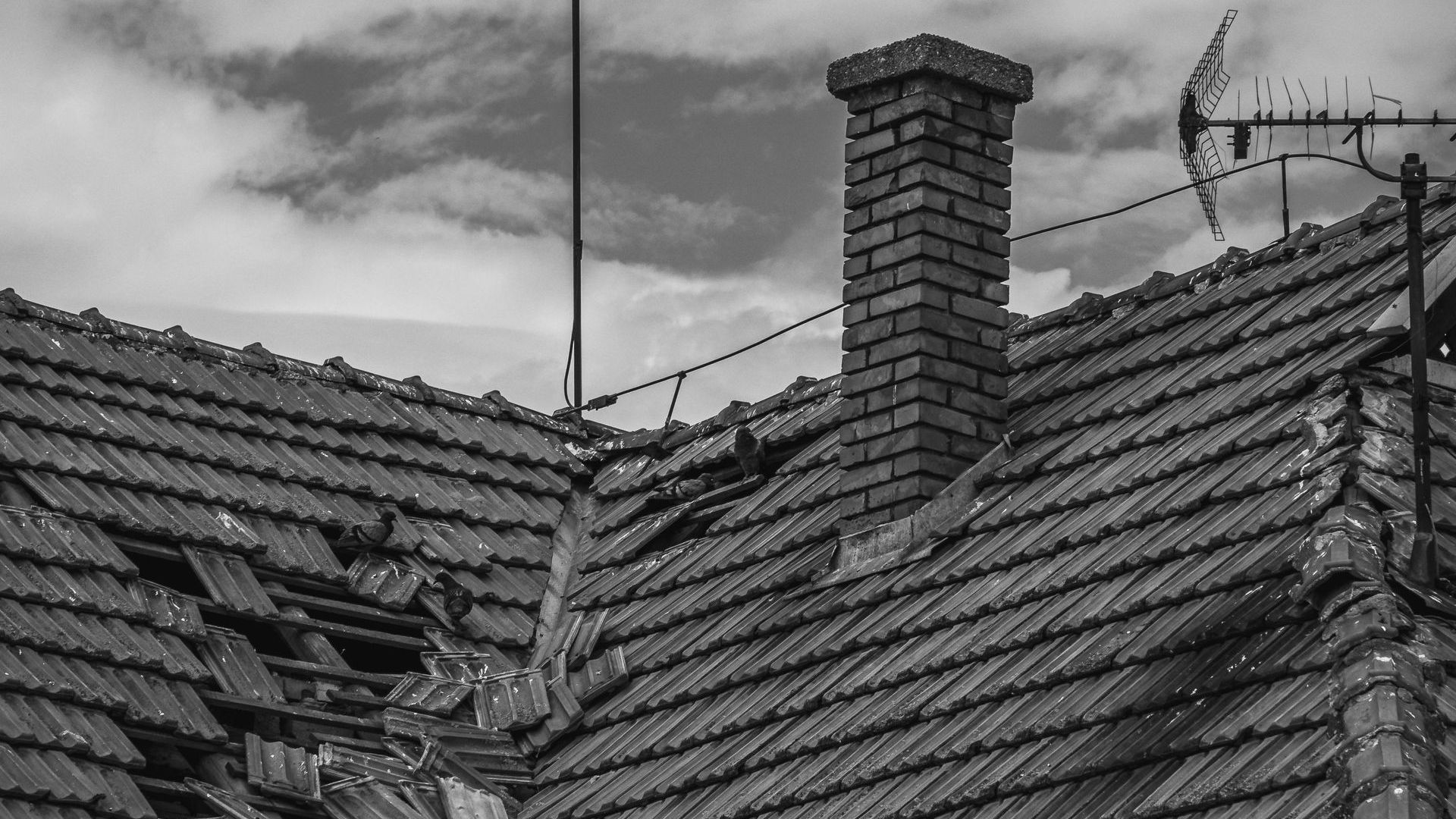When Is a Tile Roof the Right Choice for Your Home?
With the summer season coming to a close, now is the perfect time to consider installing a new roof or engaging in some serious roof repairs. If your home is due for a new roof, compare all of your options. The tile roof, with its charming appearance and unparalleled durability, could be just what you need.
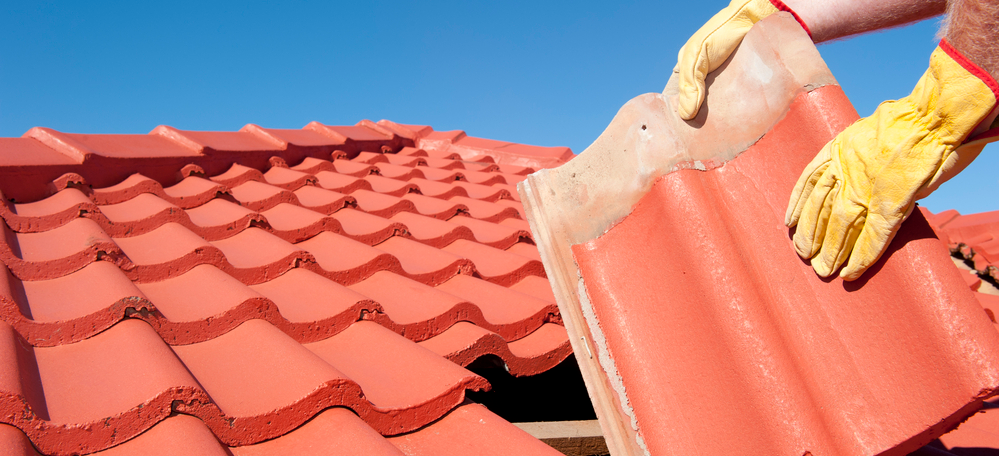
What Is a Tile Roof?
Most roofs have shingles, which are flat sheets of asphalt-coated material laid over wooden panels. Although shingles provide adequate protection for your home, they do not last forever. Tile, on the other hand, provides significant advantages in terms of resilience and low maintenance.
Roof tiles are made of solid clay or concrete. They interlock, and the collective pressure of the tiles higher up on the roof will keep everything firmly planted. If you were to pick up a shingle and compare it to a tile, you would see just how much stronger and more durable tiles are.
Materials
Roof tiles can be made from several materials. Perhaps the most common are concrete tiles. These can be molded into nearly any shape, and coloring agents can be added to produce almost any color you could desire.
Clay tiles are even stronger than concrete ones. Like their concrete counterparts, coloring agents can be added to clay tiles. However, clay's natural color limits the options. Clay tiles require firing in a kiln, which adds to their cost.
Types of Tile
The typical image of a tile roof depicts red, U-shaped tiles overlapping along the roof. This type of tile is quite common in places like California and other parts of the southwest. But there are many more tile shapes and designs to choose from!
You could get pantile tiles, which give your roof a curvy texture. If you're looking for something that resembles a traditional shingled roof, you can get flat shake tiles. Scandia tiles are another option. They flip the traditional Spanish tile on its head, producing deep troughs and little peaks across your roof. This style is quite common in traditional Japanese construction.
Certain tile types are best suited to certain roof shapes. A barrel tile makes for a good fit on curved roofs, for example. Ultimately, your choice of tile will come down to the structural aspects of your home and the style that you are looking for.
When Is a Tile Roof the Right Choice?
There are several factors that determine whether or not you should use tile. Not every home is capable of using tile, and there are some cases where it might be better to use other materials.
consider roof strength
One of the biggest limitations for tile roofing is the weight of the tiles themselves. Your average shingled roof weighs only about three pounds per square foot. A tiled roof, however, can weigh almost 10 pounds per square foot.
If your house already has tile, then odds are you can replace your tiles with new ones without any issue. However, if your house currently has an asphalt roof, then you will need to have an inspection to determine if it can support the additional weight of the tile.
If the report comes back negative, that doesn't mean that tile is impossible to install. You may need to add reinforcements to the roof braces or add extra beams between them to help spread out the additional weight.
Consider Roof Slope
The slope of your roof also factors into the equation. This is closely related to the weight issue we mentioned in the previous section. Because of the high weight of clay or concrete tiles, your roof must be sufficiently sloped to support that weight. The sharper the slope of your roof, the better it can support tile. A simple physics experiment can help you to visualize why this is the case.
Take a simple plastic ruler and bridge it over a gap between two surfaces. This is a zero-slope or flat roof. If you apply pressure in the middle, the ruler will sag and bend. Now, set that ruler at an angle by raising one side. You now have a slope. If you apply the same amount of pressure to the ruler in the same place, you'll notice that it bends less. This is because the lower part of the ruler is now helping to support the upper half. Your roof behaves in the same way.
Calculating Your Roof Slope
Roof slope is commonly measured using a ratio of x:12, with the 12 representing the horizontal distance parallel to the ground (the run) and the “x” measuring the height of the roof (the rise).
If your roof's horizontal beams run 12 feet from the edge to the center, and the roof extends six feet upward, then you have a 6:12 roof. You can go outside and eyeball this to get an idea of where your roof's ratio lies. Another way to figure it out is to look at the angle made by the slope of the roof and the horizontal edge.
What Roof Slope Do I Need for Tile?
A tile roof requires a slope of at least 4:12. Most conventional roofs sit between 4:12 and 8:12. Austin Roofing and Construction can measure this properly and tell you whether your roof is ready for tile.
Consider Your Weather
Another important variable is the weather. Tile is exceptionally strong in standing against the elements. Leaks are virtually impossible if properly installed, and tile can take a beating from those occasionally brutal Austin hailstorms or severe tornado-grade winds. While shingles can be sheared off, tiles won't budge an inch.
This makes the tile a great option for resisting Austin's rugged weather. Rest assured that all the tiles we offer can handle the moderate amount of rain you can expect from a typical month in Austin.
Warm Weather
We typically picture tile in warm environments. After all, the technique was popularized by the Spanish and Italian communities hundreds of years ago. Today it's widely used in the southwest. It's perfect for those hot Texas summers.
One of the biggest downsides of a black asphalt roof is that it transmits a significant amount of heat into your home. Shingles reflect only a meager portion of the sun's light: Less than 15%. Meanwhile, reddish clay tiles send at least a third of that light back into space. That results in less heat in your house.
Another factor is that the thicker tiles will take longer to heat up. It's only once they get warm throughout that the heat begins to transfer into your house. By that time, the sun will be going down and you may find your upper floor is even more comfortable at night as a result.
Densely Wooded Lots
One area where we would not recommend tile is in densely wooded areas. If there is a risk of falling branches on your roof, tile may not be the best option. Although tiles are quite durable, they are brittle.
Strong impacts can chip and crack tiles. Even jumping on them while working on the roof can be enough to break them. Cracked tiles are difficult to replace due to the interlocked nature of all the tiles. Repairs can be expensive.
Trim your trees and aim to keep the roof area free of potential debris. Remember that if you leave near woods, powerful winds can carry tree debris quite far.
Cost of Installation
The initial cost of installation may cause some people to hesitate to install tile. It's true that tile costs much more than a standard roof. However, the advantages of tile cause this cost to be significantly lower when viewed through a long-term lens.
The National Association of Home Builders reports that your average asphalt or shingle roof will last around 20 years before needing repair and possibly replacement. Tile roofs, on the other hand, typically come with 50-year guarantees. In practice, a tile roof can last a century.
If you've traveled abroad or to areas where tile roofs are common, just consider how old some of those structures are. Many buildings are still using original tiles well over a hundred years later!
Impact on Home Value
Installing tile will have a positive impact on your home's resale value. Potential buyers will be able to rest assured that they won't have to undertake any expensive roof repairs in the near future. However, given the higher upfront cost of tile, it does not make the best project for house flipping.
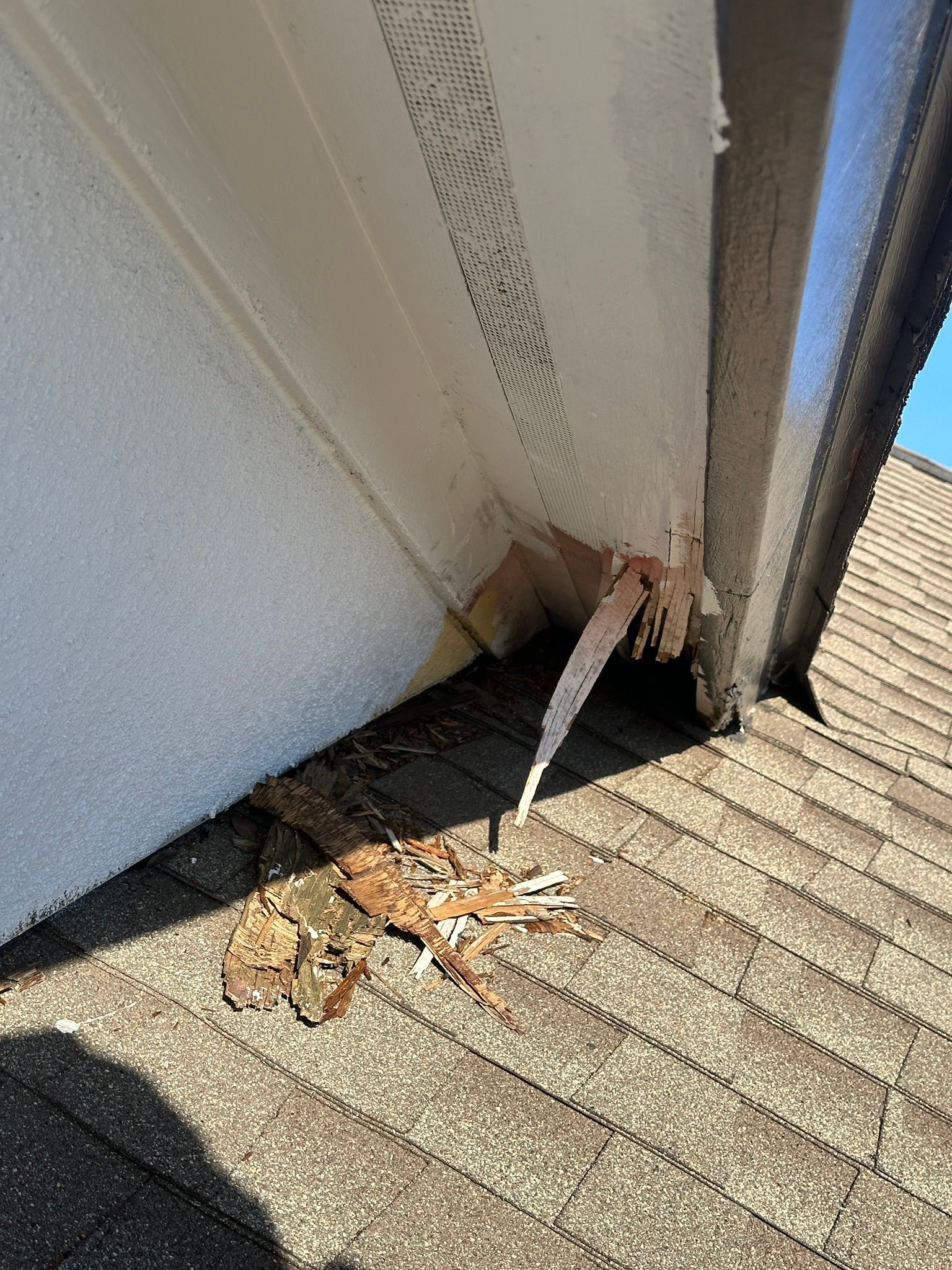
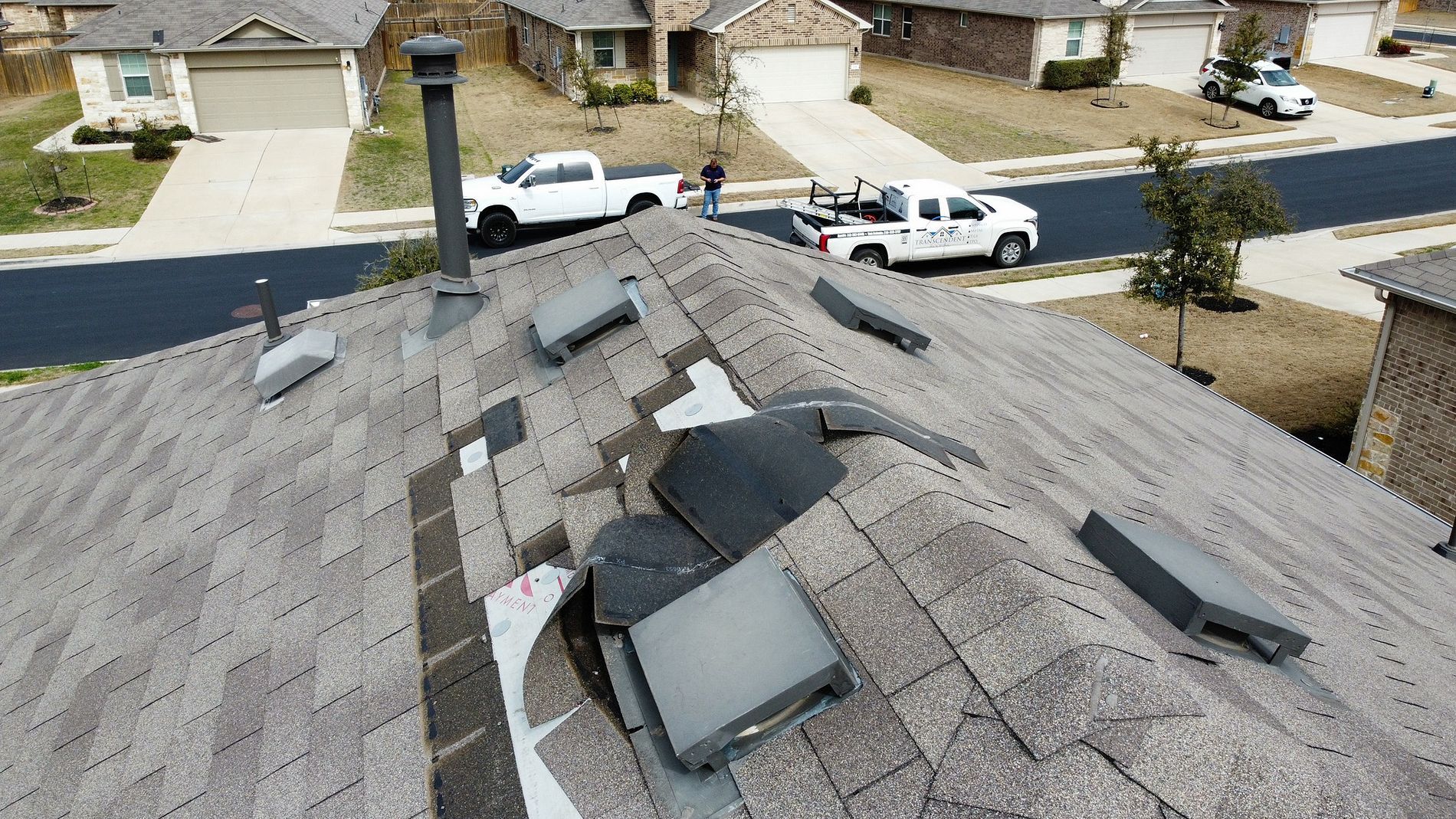

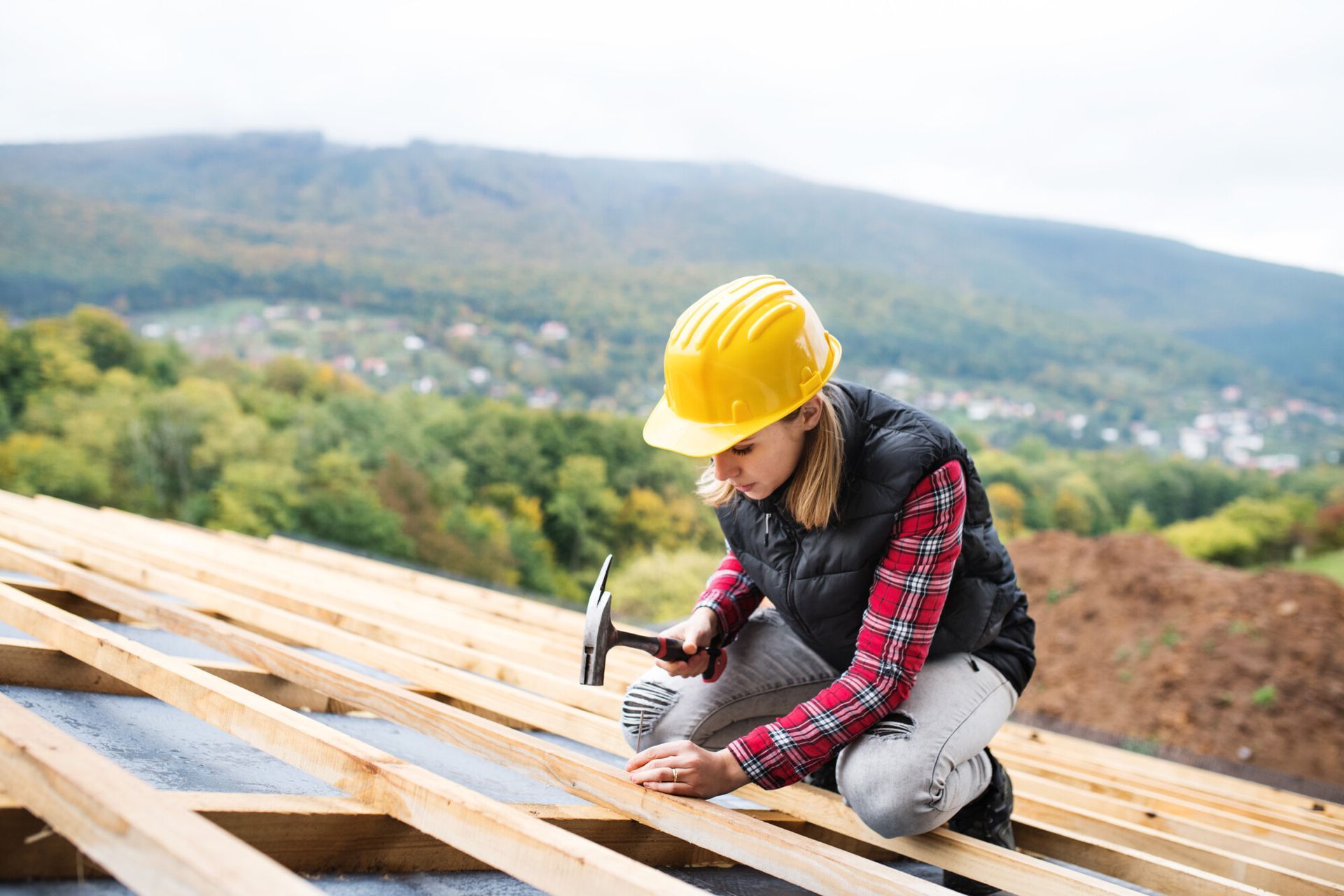
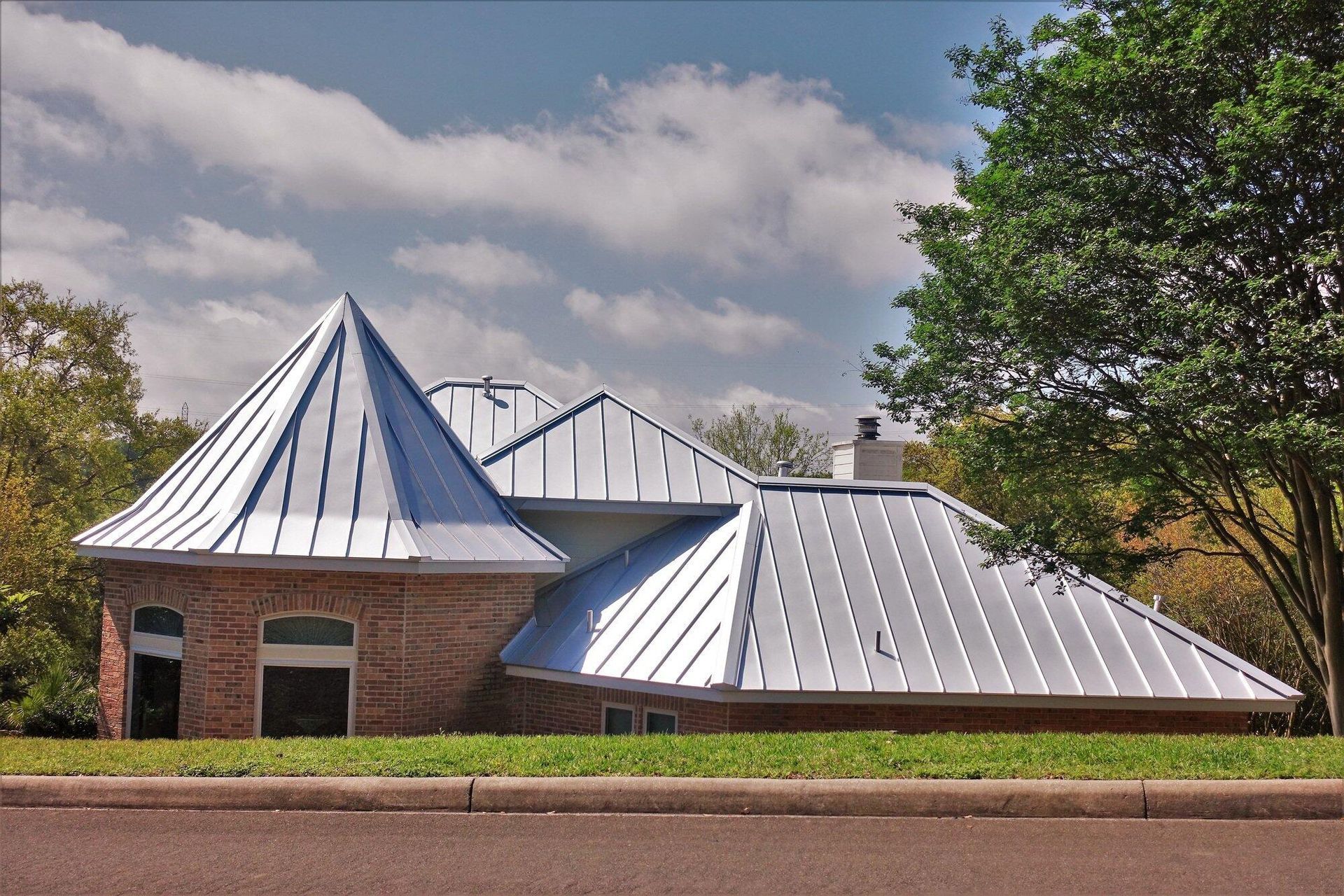
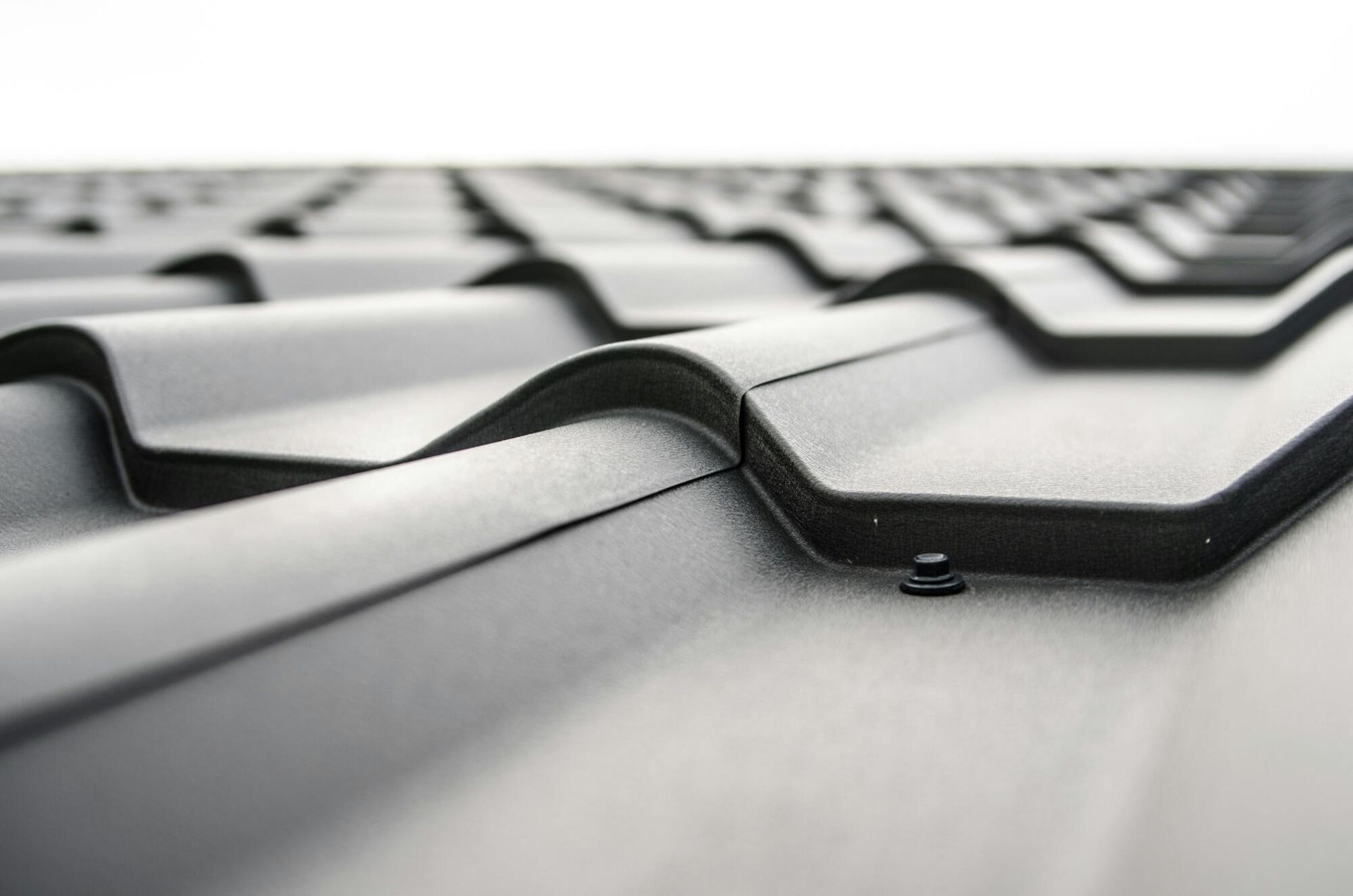
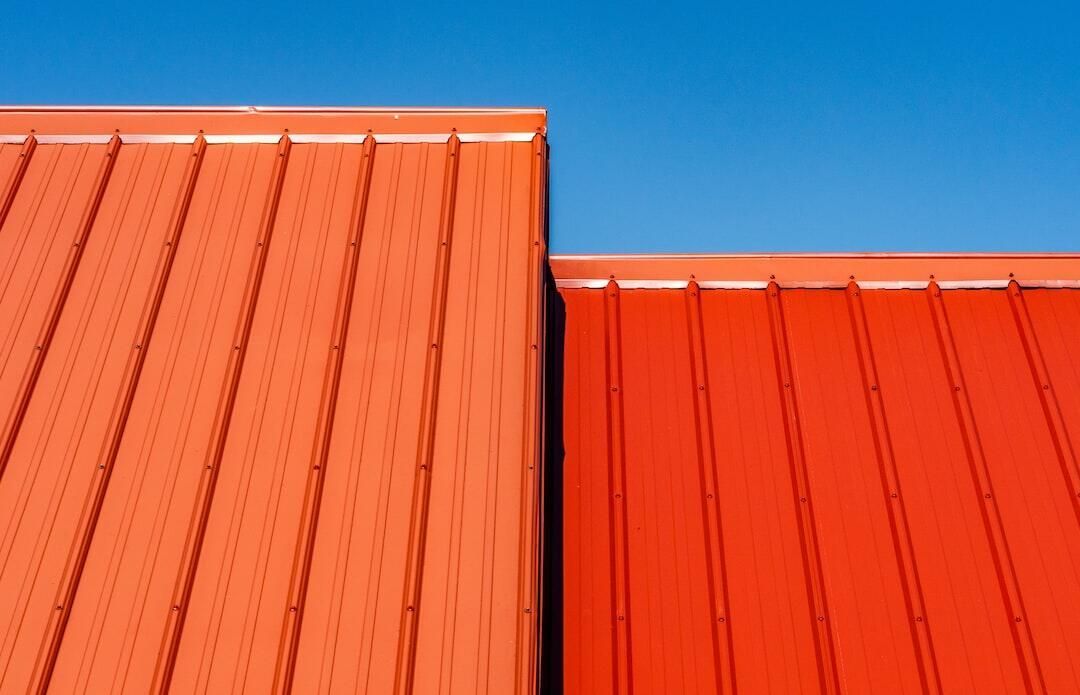
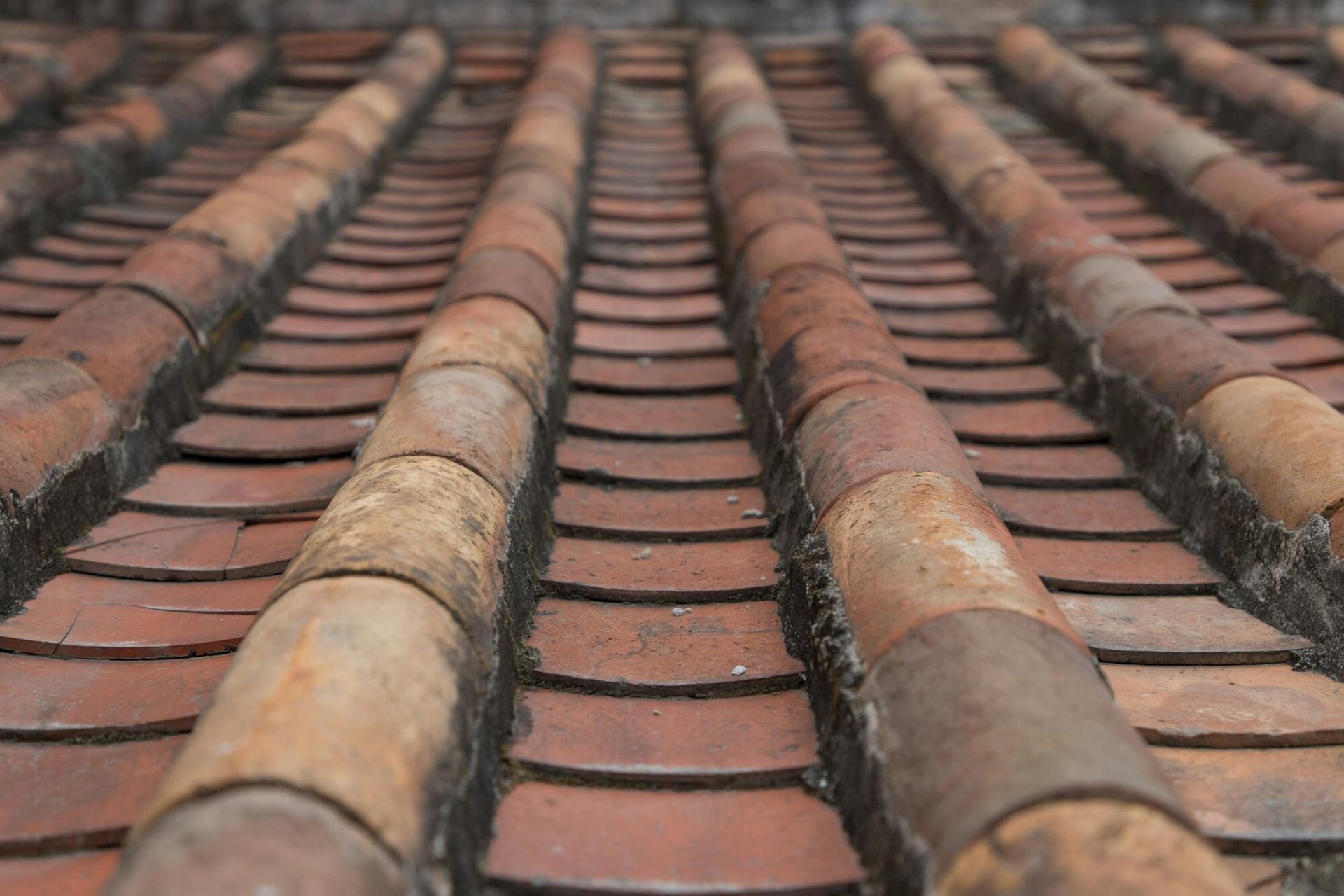

512-629-4949
1301 W Ben White Blvd 200A Austin, Texas 78704
Privacy Policy
Austin roofing
THE BEST ROOFING COMPANY IN AUSTIN, TEXAS
Local People Helping Local People
Copyright © Austin Roofing and Construction





